Where is Llanaelhaearn?
13 miles north of the seaside town of Pwllheli on the Llyn Peninsula (north Wales) is a small village called Llanaelhaearn . It’s a place where I spent a lot of time whilst growing up, running around the fields at the back of my ‘Nain and Taid’s Tanllan’ house. They had a beautiful stone cottage along the main road, and it was just down the slope from St Alhaearn’s Church. In fact, from the field at the back you once could step up over the stone boundary wall directly into its graveyard.
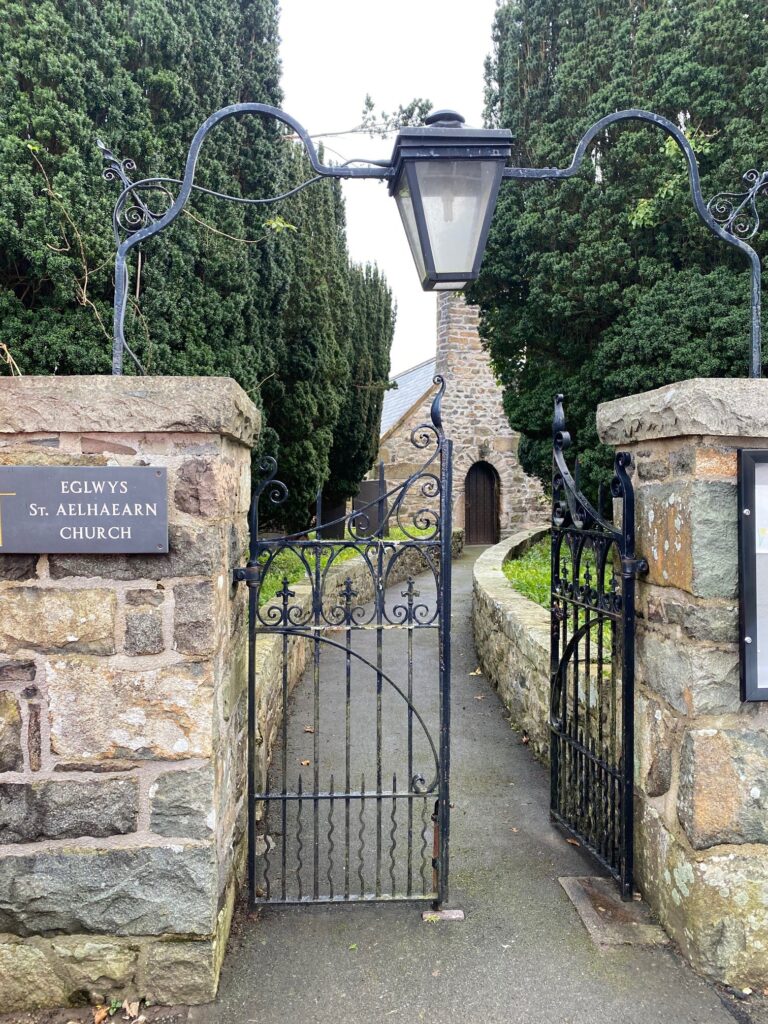
There was also a ruined small hut in the field next to Nain’s house and it was fabled that a cobbler lived and worked there a long time ago. A claim substantiated by the rusted iron shoe lasts that still adorned the part derelict building (which is now just a pile of rubble). Like many villages there were once many more small shops in the village than there are now….
The Family Connection
On sunny days we would often go walking up on the hills, sometimes picking bilberries for homemade tart. I knew the village was in the shadow of ‘The Rivals’ – Yr Eifl but wasn’t until I returned later in life (the house was sold years ago now) that I ventured up to the hillfort at Tre’r Ceiri . It seems strange that I had traversed the fields around Nant Gwrtheyn, or as we knew it ‘the lost village’, and yet we never walked up to the hillfort.
There is a walk starting at Llithfaen that takes you up to Yr Eifl and over to Tre’r Ceiri that takes around 4 hours to complete and Nant Gwrtheyn is now a Welsh language learning centre and a unique place to visit and stay.
The whole area in and around Llanaelhaearn is rich in prehistory with flint scatters, burial mounds and evidence of Roman and medieval occupation. The area forms part of a comprehensive study of the Llyn Peninsula accessible via an interactive map (more specifically area 12 )
Tre’r Ceiri Hillfort
High up on the hills above Llanaelhaearn is Tre’r Ceiri Hillfort It is oval in shape and measures around 290 meters long by 104 meters wide (at its widest point). It is difficult to find an exact date for its construction .
Due to its style and form it is often referred to as being built in the late Iron Age (over 2150 years ago). What can be told is that from the objects found on the site is that people were living there continuously over a 450-year period, throughout the Roman period in Britain.
Most hillforts are made from earth banks and ditches with wooden huts which quickly decay, Tre’r Ceiri is special as it was built in stone. The remains of the stone huts and fortified ramparts are still clearly defined, and it really is a great place to imagine exactly what a hillfort would have looked like all those years ago.
Finds ranging from a prehistoric whetstone to Iron Age and Roman pottery and jewellery from the site are held at the National Museum of Wales and there is a local website listing in detail some of the objects found.
The walk up to Yr Eifl and over to Tre’r Ceiri takes around 4 hours to complete and starts at nearby Llithfaen. Well worth the trek, especially on a clear day.
History of St Aelhaearn’s Church
St Aelhaearn’s Church has played host to many a family event, including the christenings for all my siblings and I. It is a picturesque stone-built church that has its origins linked to St Beuno in the 6/7th century. The building dates from the 12th/ 13th century with continual later additions (most recent being the 1892 refurbishment) that make up its cruciform shape and layout. It has an early inscribed Christian stone in the graveyard and a Roman inscription in stone , found in a nearby field, mounted on an internal wall. It is possible to access the church via arrangement .
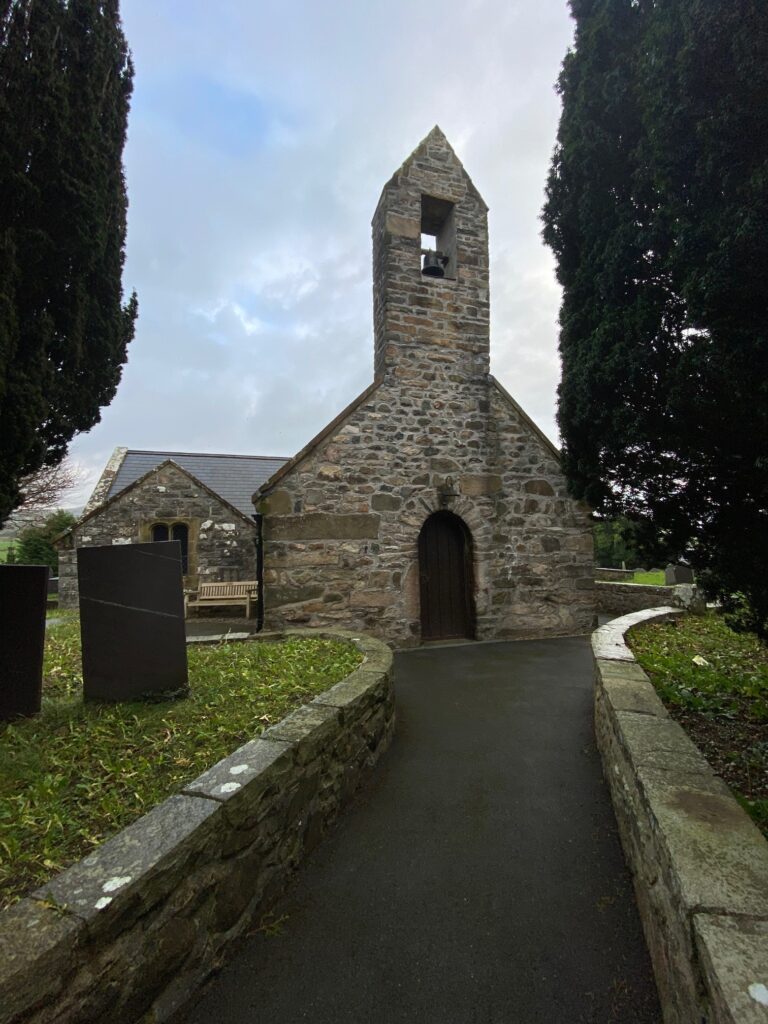
The church is off the path of a the current 140 mile route on the North Wales Pilgrims Way from Holywell to Bardsey Island but would have originally been a place to visit on the Pilgrim route after visiting St Beuno’s Church at Clynnog-Fawr.
The church is associated with a St Aelhaearn’s Well a short distance away on the road to Llifaen.
Nain Tanllan – The Llanaelhaearn Connection
Laura Jane Jones was born in Llithfaen in 1918 daughter of Elizabeth and Richard Jones. One of thirteen of twenty-one children to survive past infancy. In the same year as her birth her eldest brother William Jones died aged just 18 years old during World War I. William served as part of the 22nd Battalion of the Durham Light Infantry and is remembered on the war memorial at Pozieres. It is an event that Laura always said broke her mother’s heart and she was saddened to think she never met him. They were a poor family, most of the men finding work in the dangerous quarries nearby. Laura went into service, to work as a servant, aged 14 years old.
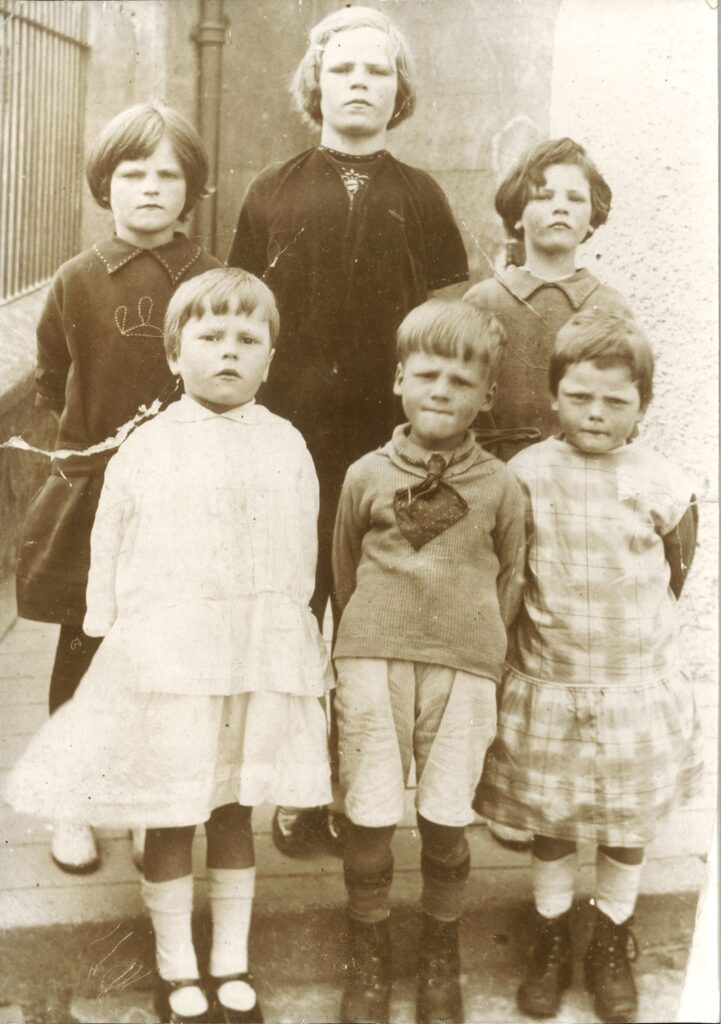
In 1937, aged just 18 years old, Laura went to Liverpool to study nursing funded by the childless couple she worked for who had taken her under their wing. Two years later in 1939, war was declared and so began World War II. Laura signed up to support the troops, she was trained in mental health nursing at Exeter. Following the training she was deployed to India via Liverpool on ‘The Empress of Australia’.
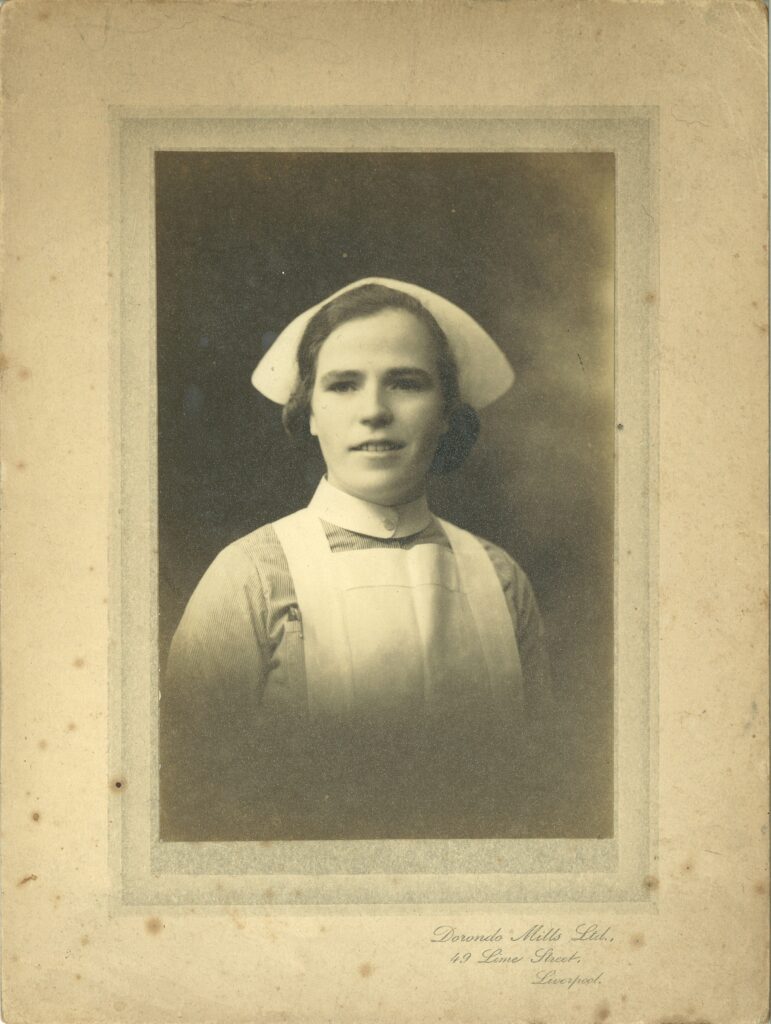
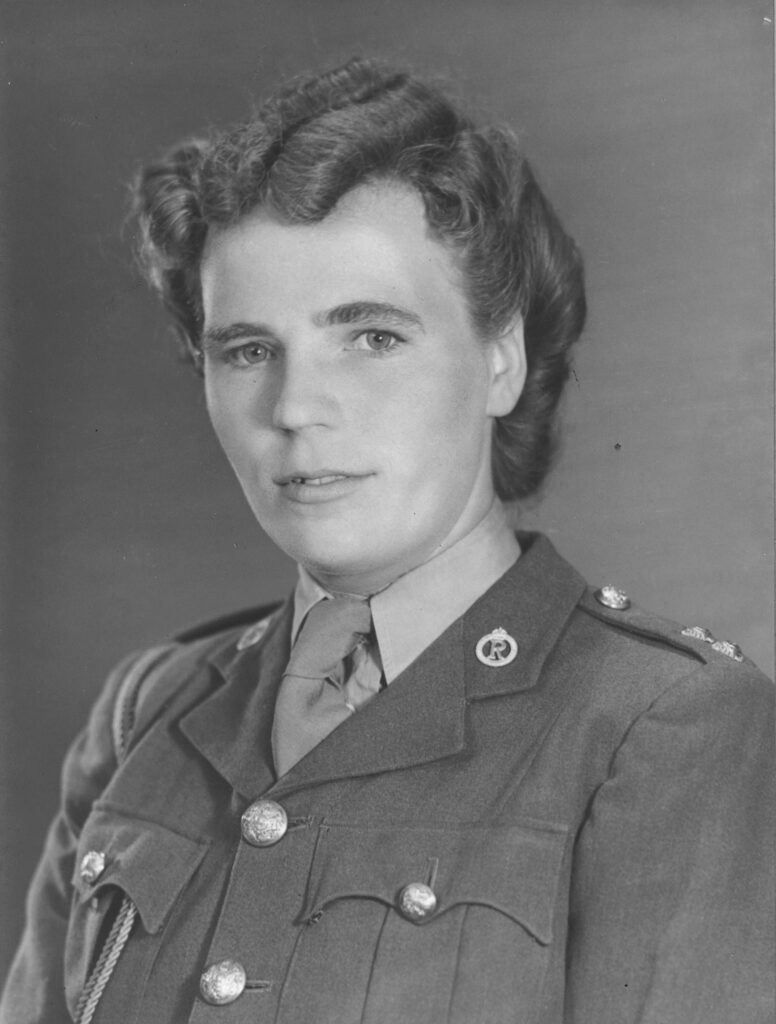
What Happened Next?
After the war Laura trained as a midwife in London before returning to work abroad in Aden, Yemen. There she met and married my grandfather Christopher and they had 3 children Elizabeth (my mother), Susan and George. As time went on civil war broke out in the country and slowly the children were returned to my Nain’s homeland to stay with family in north Wales for safety. My Nain was the last British woman to leave the country in the late 1960s and Taid followed a year or two later. They initially returned to live in Llithfaen but soon bought a family home in Llanaelhaearn where they stayed until they died and the rest as they say is history.
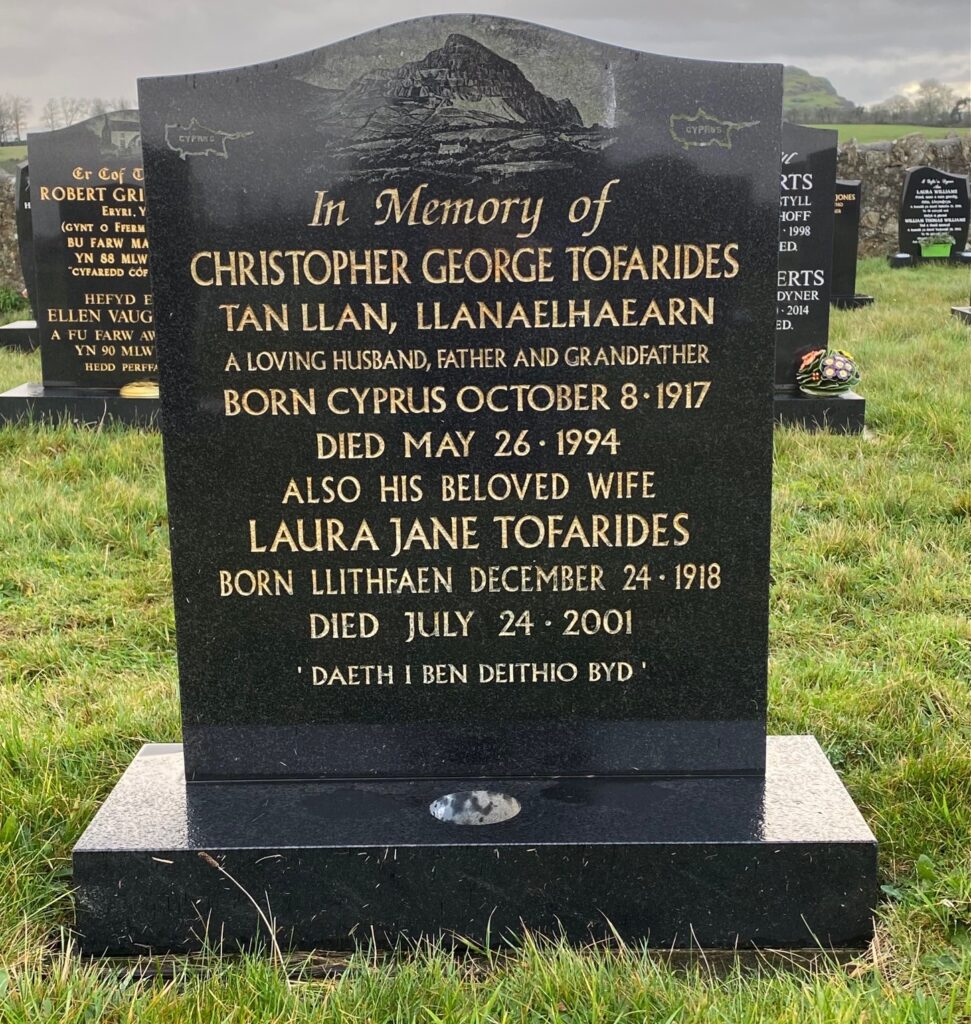
Post dedicated to the memory of Nain Tanllan (Laura Jane Tofarides nee Jones).




Da iawn
Diolch yn fawr iawn
Laura was my great aunt! I remember her and uncle Cristo very well
Thank you for sharing. It so nice to hear extra family history and important to keep memories alive. If you would like to stay in touch please do send a message through the email on this page. Thank you again 🙂
I am the daughter of Gito (Griffith) the brother of your Nain. I used to go and stay with your Nain and your mother Elizabeth when they would visit years ago from Aden. They were very happy days when they all came for visits to Llithfaen… until the troubles started in Aden …I remember dad being so worried about the family and I was about 13 yrs old and relieved to see Elizabeth Susan and George settling here despite the fact that Auntie Laura and Uncle Christo had to stay on in Aden for some time.
Thank you for your lovely comment. It so nice to hear extra family history and important to keep memories alive. If you would like to stay in touch please do send a message through the email on this page. Thank you again 🙂
Hi I live in Llanaelhaearn and remember Nurse Toff very well. I also know Elizabeth her
daughter
Hi Lynda, Elizabeth is my mother. I am so pleased you remember them both, the village was such a big part of my childhood.